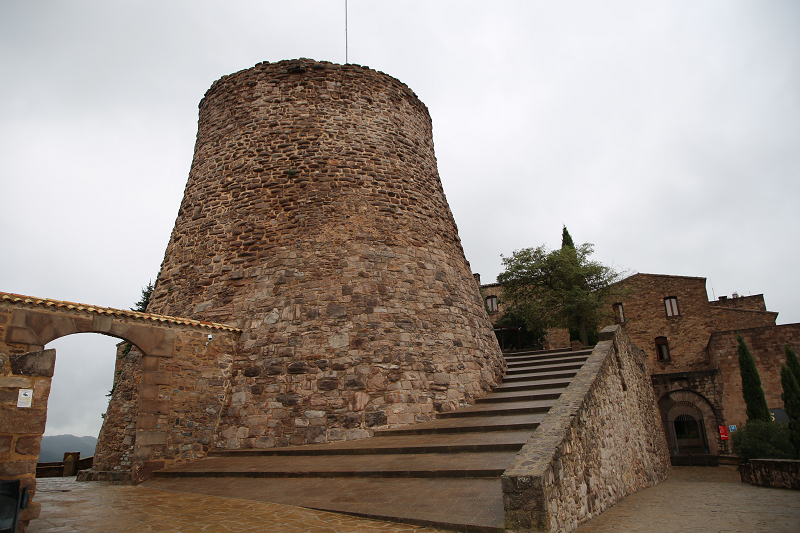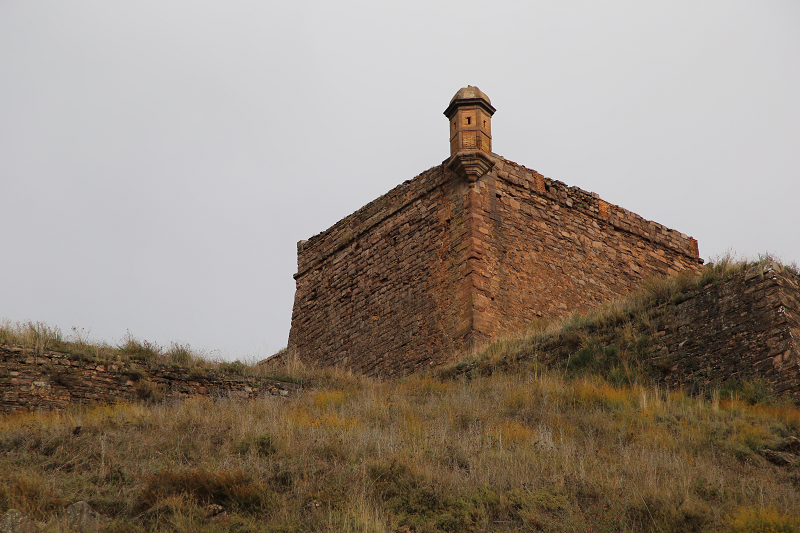
History of Spain: Cardona – one of the main strongholds of independence of Catalonia
For centuries, Cardona played a leading social and political role that left a legacy of monumentality and grandeur in general, which is especially valuable and attractive to current residents of the city and its tourists.
The first documented mention of Cardona is dated April 23, 986. On that day, Earl Borrell II provided the so-called Second Settlement Letter, which is currently preserved in the city’s historical archive. Archaeological excavations, however, prove that settlements in this place already existed before, as evidenced by the Iberian remains. They were found in the Salina Valley (Salina), which later became the center of Catalonia and enriched the local lords, defining the lineage of modern Cardona. The lords, viscounts, and dukes of Cardona subsequently were in power over this jurisdiction, and this is 6% of the territory of Catalonia.

The city of Cardona, found at the foot of the castle, was born by the end of the 10th century. The appearance of the castle and the city has determined the strategic situation in the region on the border with Al-Andalus: this is the intersection of paths between the province of Urgell, Cerdanya-Berga and Osona-Barcelona. The geo-strategic position, as well as the extraction of salt and its commercialization in Europe, will later turn Cardona into the political and commercial center of Catalonia.
The exploitation of salt deposits and the establishment of the viscountcy Osona (vescomtal d’Osona) in the castle led to the fact that Cardona Castle and the city created powerful jurisdiction in the Cardenar River region between the 12th and 14th centuries. By the 15th century, the power of Cardona extended over a vast territory about 60 km long and about 50 km wide. This is a region from the Valley of Lords (Vall de Lord) to Segarra within a radius of about 40 km around the castle and the city of Cardona. So the dynasty was born: first the barons of Cardona, later in 1319 the viscount appeared, in 1375 the county, later in 1491 the duchy of Cardona was formed.

Thus, Cardona became the site of the most important jurisdictional authority of the Principality, outside the early counties of the Carolingians. From here the fiscal and judicial administration of this vast territory was carried out.
The cornerstone of this administration was the court or ducal curia, around which various officials acted in the service of lords, such as the treasurer, judge and bailiffs, all of whom were headed by the prosecutor general or governor-general.
The cornerstone of this administration was the court or ducal curia, around which various officials acted in the service of lords, such as the treasurer, judge and bailiffs, all of whom were headed by the prosecutor general or governor-general.
State power in the county duchy of Cardona was carried out using three “batlies”, or judicial demarcations, which divided the territory between the cities of Cardona, Solsona and São Llorenç de Morunys, to which was also attached Vegueria de Segarra, controlled from the cities of Calaf and Torà.
However, in the mid-15th century, the constant absence of lords in the castle led Cardona to lose political power in favor of other growing political and economic centers – the cities of Manresa, Servera, and Berga. In the following centuries, Cardona was destined to lose its empire during the economic, social and political events that took place throughout Catalonia. As a result, by the middle of the 17th century, the area under the control of the Lords of Cardona was reduced to 608 sq. km, while the population was not more than 2000 people, of which 45% lived in Cardona itself, and 55% on the surrounding land.
Комментариев нет:
Отправить комментарий